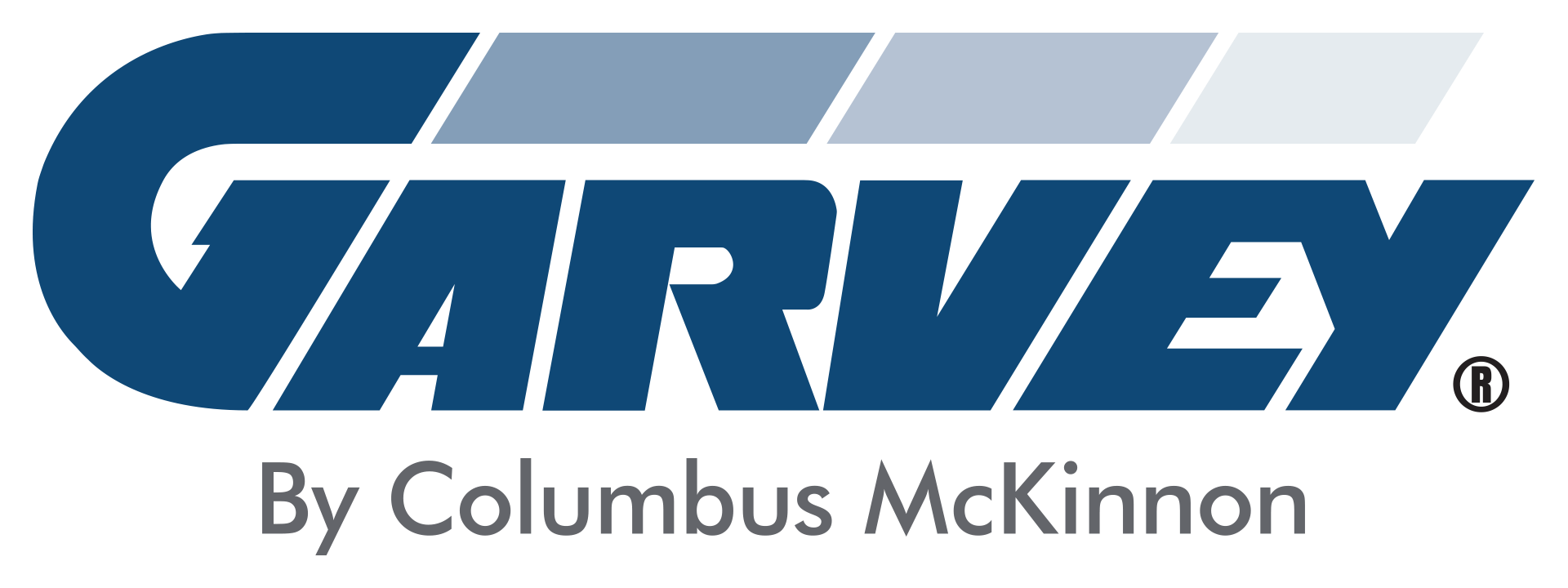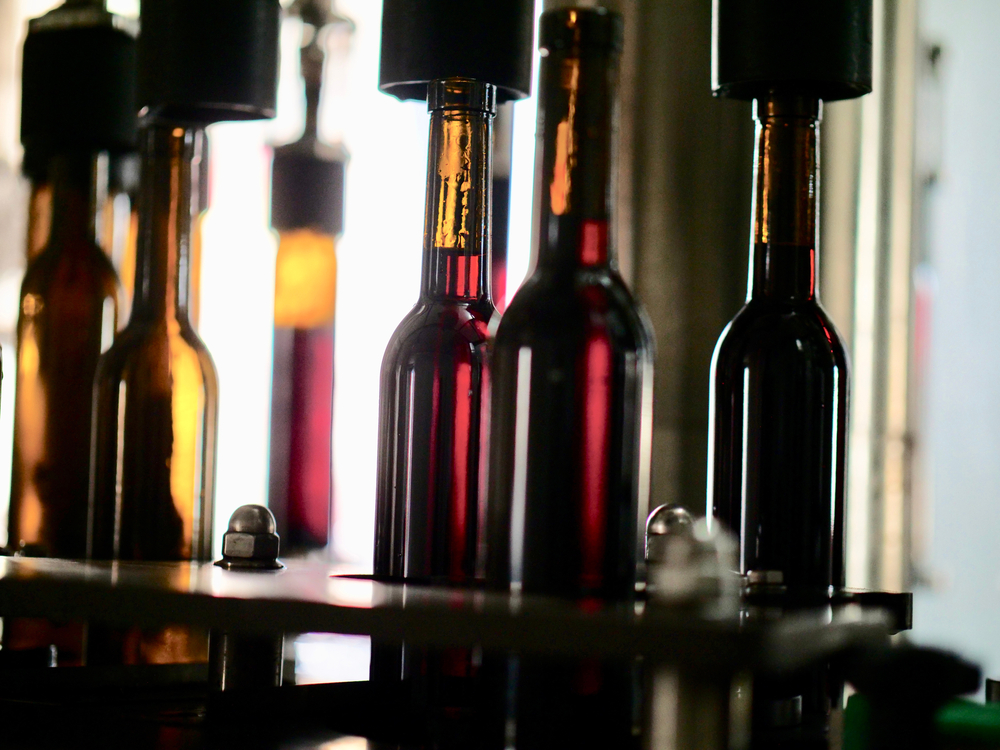The goal of any production line is to keep moving. When lines are backed up, it directly affects throughput, productivity, and profit. Garvey’s mission is to help manufacturers maximize their production. One of the best methods to achieve this is through a line analysis.
How to Identify Your Constraint
Understanding the efficiency of a production line allows you to maximize your production. Every line has a constraint. This is defined as a machine that depends on the efficiency of other machines in the production line to operate.
For example, a typical wine production line has this series of equipment to operate:
- Decaser
- Filler
- Capsular
- Labeler
- Casepacker
Each of these machines has its own efficiency, design rate, and throughput. However, the line is working as one group to operate. By performing a line analysis, you can pinpoint the machine with the lowest throughput that puts a constraint on the rest of the line.
To calculate the efficiency of a piece of equipment, you need the mean time to repair it and the mean time between failures, multiplied by the products per minute of the design rate of the machine.
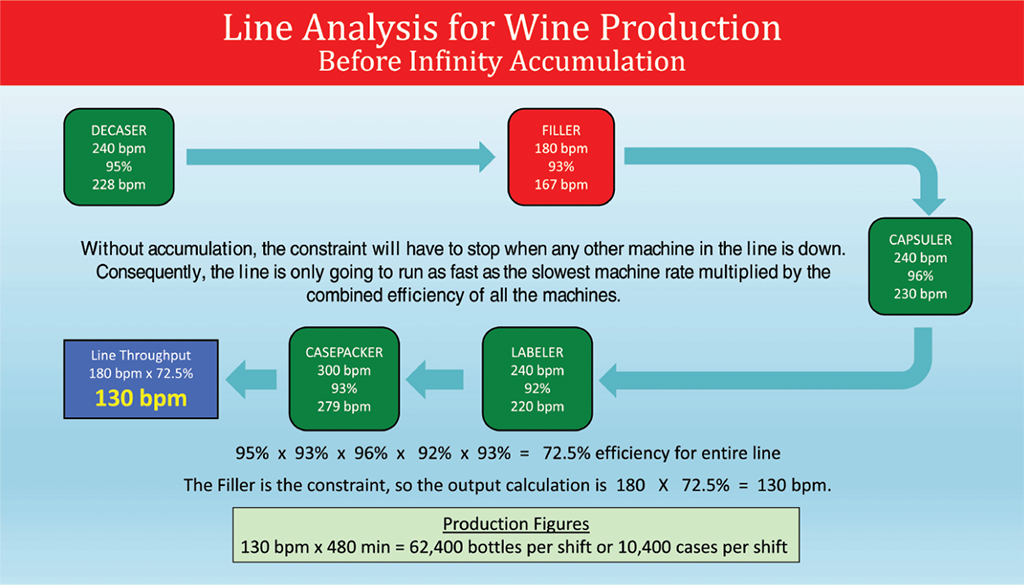
In this example, the design rate for each piece of equipment is on top, followed by the uptime and the average bottles per minute produced. So, the decaser is designed to run at 240 bottles per minute, but due to repair time runs about 95% of the day, making the machine, on average, produce 228 bottles per minute.
240 bottles x .95 uptime = 228 bottles per minute
By calculating the efficiencies of each machine, you can find the lowest one. In this production line example, the filler is the slowest and, therefore, the constraint. Since the line is running as a whole, the slower throughput of that one machine directly affects the efficiency of the others, lowering the overall production capability of the line.
Once the weakest link in the production line is found through line analysis, solutions can be implemented to break up the production line into smaller groups. These groups function more independently with the help of accumulation.
Improving Line Efficiency Through Accumulation
Accumulation is essentially adding buffers to a production line. These buffers divert products, allowing the machine to keep operating even if another piece of equipment in the line is down.
In the case of the example wine production line, the filler has the slowest throughput. By adding an accumulator before and after the filler, bottles can be diverted at any time. So, suppose the labeler is down momentarily because it’s run out of labels or the capsular needs refilling. In that case, the filler can keep on running independently and divert products to the accumulator instead.
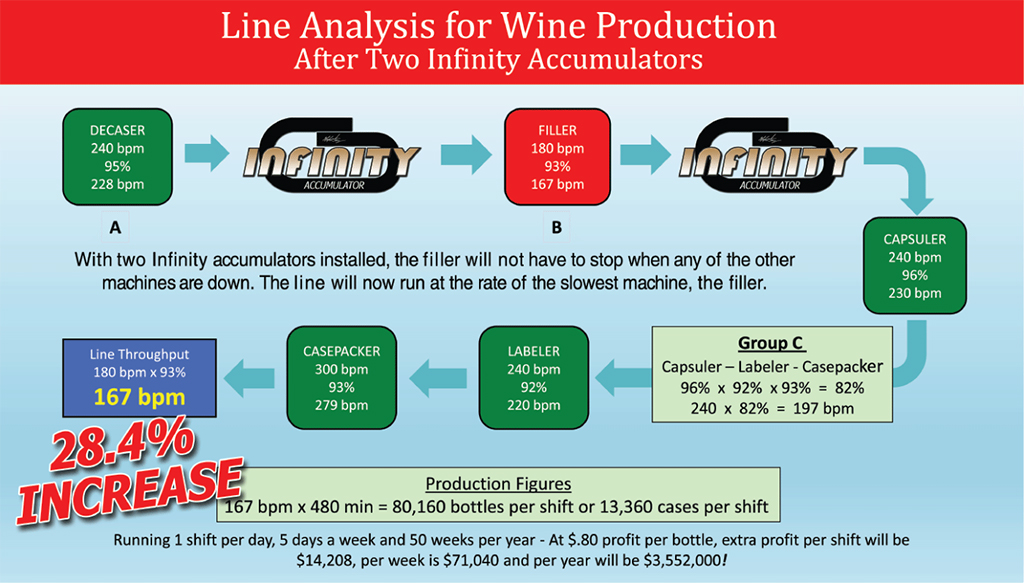
Accumulation allows manufacturers to break up their line, diverting products and allowing equipment to be quickly reset, refilled, or repaired without interfering with the rest of the production. This enables the production line to run as fast as the slowest machine in the production line. By keeping the production line in motion, manufacturers can dramatically increase throughput and productivity.
Starting the Line Analysis Process
This wine production line example highlights the benefits of analyzing your own line. Each manufacturer has a unique approach to moving products. Finding your specific constraint is the first step toward implementing an accumulation solution to improve your overall line efficiency. Our experts can help you find your constraint and develop a solution.


